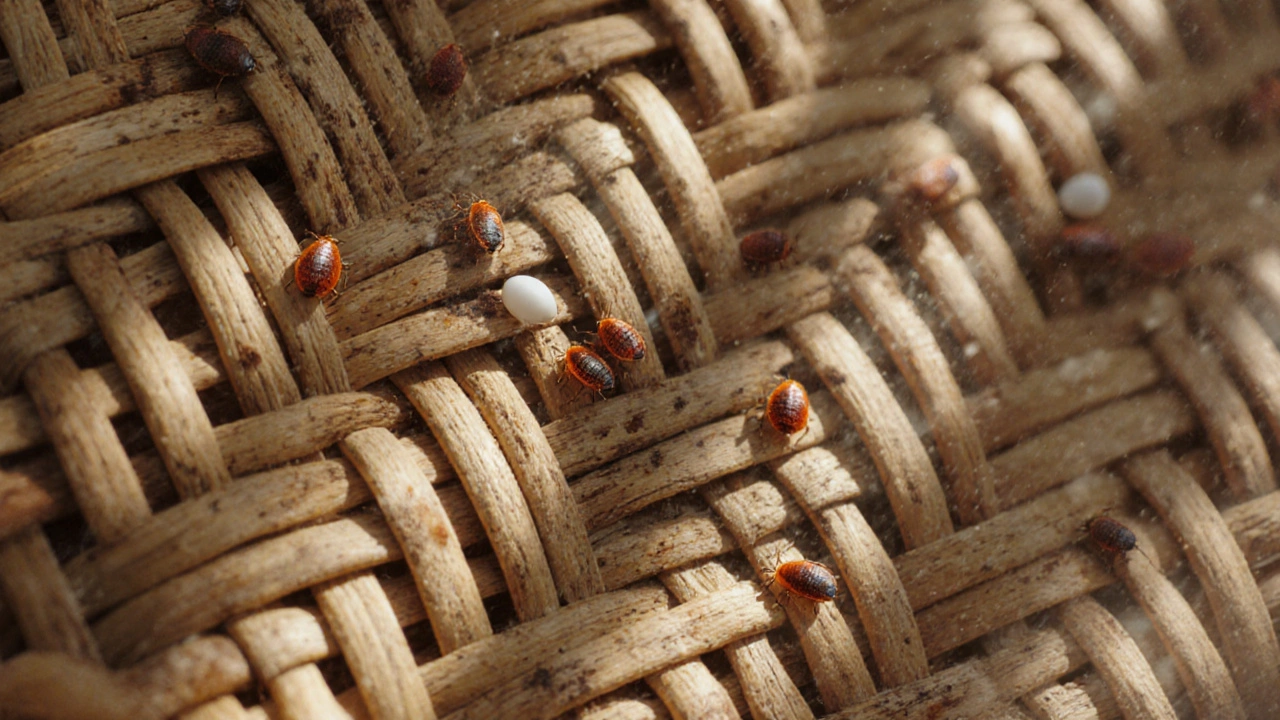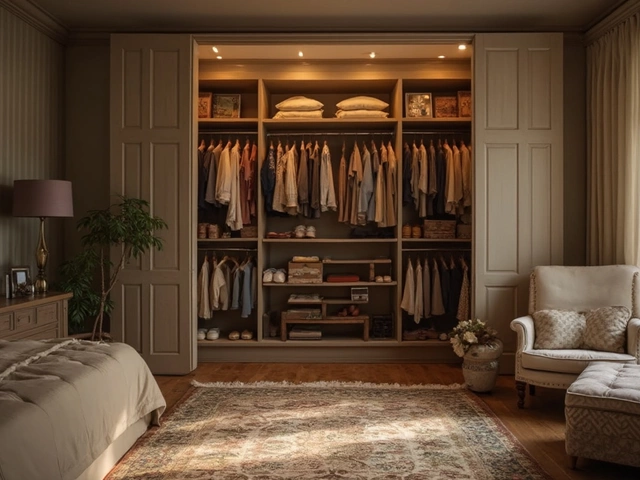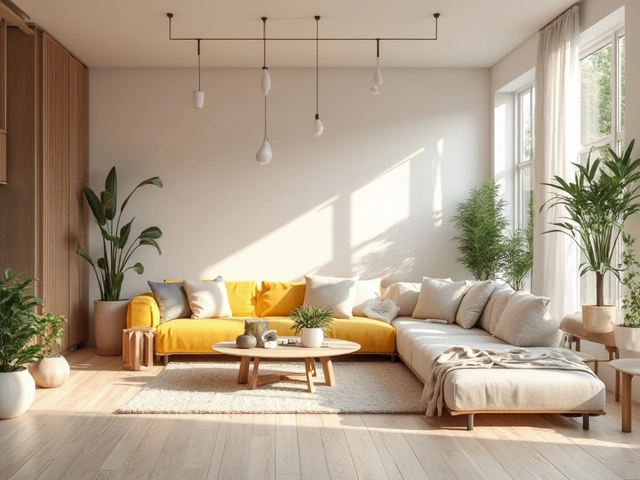Wicker Furniture: Natural, Durable, and Timeless Pieces for Home and Garden
When you think of wicker furniture, a type of handwoven furniture made from natural or synthetic fibers, often used for seating and outdoor settings. Also known as rattan furniture, it blends rustic charm with modern practicality. It’s not just a trend—it’s a smart choice for people who want furniture that looks good, lasts long, and feels right in both indoor and outdoor spaces.
What makes wicker furniture work so well? It’s the material. Traditional wicker comes from natural fibers like rattan, bamboo, or willow—materials that are lightweight yet strong. Modern versions often use synthetic resins that mimic the look but resist sun, rain, and mold. That’s why you’ll see it in patios, sunrooms, and even living rooms. Unlike metal or plastic, it doesn’t get hot in the sun or cold in the shade. And unlike solid wood, it doesn’t crack or warp easily when the weather changes. This isn’t just about looks—it’s about function.
People who choose wicker often care about sustainability. Natural wicker is renewable, biodegradable, and typically made with low-impact methods. Even synthetic wicker is made to last for years, which means less waste. You won’t find it in fast-fashion furniture stores—you’ll find it in homes where people invest in pieces that stay for decades. It pairs well with linen cushions, wooden accents, and earthy tones. It’s the kind of furniture that fits modern farmhouse, coastal, and minimalist styles without trying too hard.
And it’s not just for backyards. Indoor wicker chairs, side tables, and storage baskets add warmth without heaviness. They’re perfect for small spaces because they don’t overwhelm. A wicker armchair in a corner reads as cozy, not cluttered. A wicker coffee table brings texture without taking up visual space. You’ll see it in homes where people want comfort that feels handmade, not mass-produced.
Some worry it’s fragile. But the best wicker furniture is built to handle daily use. Look for tightly woven frames, reinforced joints, and weather-resistant finishes. Brands that focus on craftsmanship don’t cut corners—they use solid bases and double-woven strands. If you’ve ever sat in a wicker chair that creaked or wobbled, you know what to avoid. But a well-made one? It’ll hold up through kids, pets, and seasons.
There’s also a quiet confidence to wicker. It doesn’t shout. It doesn’t change with every trend. It just sits there, steady and stylish. That’s why it keeps coming back—even in 2025, when people are chasing multi-functional pieces and smart materials, wicker still holds its ground. It’s the quiet hero of home design.
Below, you’ll find real advice on how to pick the right wicker pieces, how to care for them, and how to style them so they don’t just look good—but feel right in your space. Whether you’re looking for outdoor sets that won’t rot, indoor accents that add depth, or tips to spot quality craftsmanship, the posts here give you the straight talk you need.




